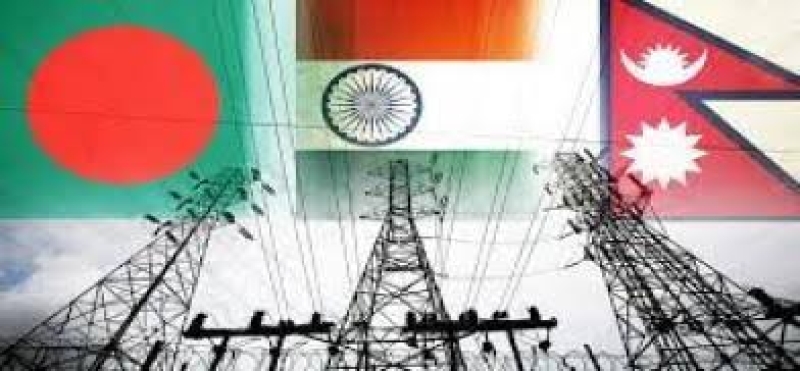- Logi-boitha of 2006 was the 1st reflection of Hasina’s fascism: Rizvi |
- Economists express concern over bank merger; BB remains confident |
- No response on request for Hasina’s extradition: Touhid Hossain |
- Deep relations with US, economic ties with China: Touhid |
- Recommendations on July Charter implementation submitted to CA |
Bangladesh-Nepal-India Power Trade: A New Era of Cooperation

The recent tripartite agreement signed on October 3 between Bangladesh, Nepal, and India marks a significant milestone in South Asian cooperation in energy trade. For the first time, Nepal will sell electricity to a nation other than India, expanding the energy collaboration in the region.
This initial agreement to transmit 40 MW from Nepal to Bangladesh symbolizes a broader vision for the BIMSTEC region. It follows the 2018 Memorandum of Understanding for the establishment of a BIMSTEC Grid Interconnection, emphasizing the urgent need for electricity trade to bolster energy security and economic integration.
India’s pivotal role as a power trade hub in BIMSTEC stems from its strategic location and expertise in cross-border electricity exchange. With substantial hydropower resources and the highest installed electricity capacity in the region (367 GW), India is central to this emerging energy landscape. It accounts for 84% of electricity generation in the region, underscoring its dominance alongside Thailand.
Since 2013, India's Power Trading Corporation has been supplying power to Bangladesh, further cementing this relationship. The long-standing cooperation has facilitated cross-border power exchanges, notably between Bhutan and India, and between Bangladesh and India, with Bangladesh relying on India for nearly 20% of its energy.
The BIMSTEC region's electricity generation capacity is projected to grow at a compound annual growth rate of 6.7%, potentially reaching 1,220 GW by 2035. This growth necessitates significant investment—estimated at $958 billion from 2021 to 2035—primarily from India and Thailand.
Under an intergovernmental agreement, India plans to assist Bhutan in developing 10,000 MW of hydropower, with potential exports to Bangladesh. Reports suggest Nepal's 404 MW Nyera Amari project could also contribute to this energy trade.
Bangladesh's power master plan envisions importing 1 GW from Bhutan and 3 GW from Nepal through India. Current discussions include a deal for 500 MW from Nepal's Upper Karnali project at 7.72 cents per unit for 25 years, along with proposed connections for up to 1,000 MW between India and Sri Lanka.
USAID-SARI/EI predicts that cross-border energy trade in BIMSTEC could expand sevenfold by 2035, with primary energy supply and generation capacity expected to double. This growth will require $64 billion annually in investment for electricity generation alone, highlighting the need for substantial governmental and private funding.
Political shifts in member countries, however, pose challenges to enhancing power trade. In Bangladesh, a recent change in government has led to a review of multiple power agreements, including those with the Adani Group. To attract and maintain investor confidence, member countries must insulate bilateral deals from political fluctuations and ensure stability in their energy policies.

